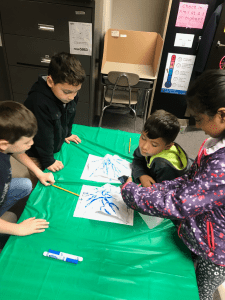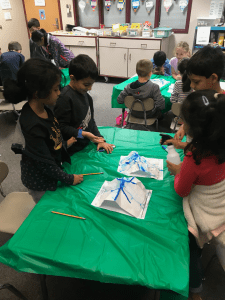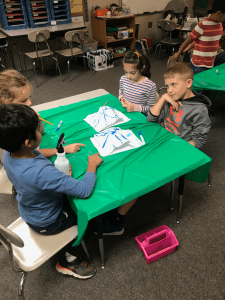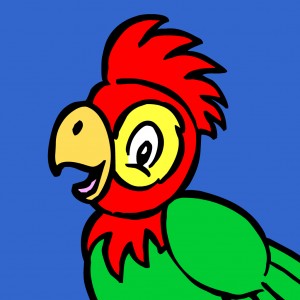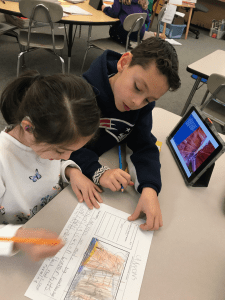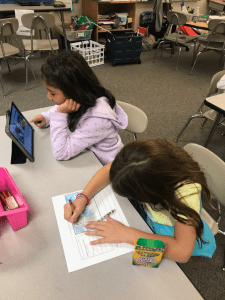Posted by kavery508 | Posted in Uncategorized | Posted on October 28, 2019
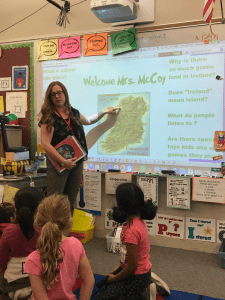 The kids were treated to 2 amazing presentations by parents Claire McCoy and Kalpana Khanal this week as part of our Cultural Celebrations month! Through stories, art projects, and a Q & A created by the class, students learned about life in Ireland today and long ago and about the traditions of Dussehra and Diwali in Nepal and the US. Many thanks to these moms for bringing understanding and enriching our classroom community!
The kids were treated to 2 amazing presentations by parents Claire McCoy and Kalpana Khanal this week as part of our Cultural Celebrations month! Through stories, art projects, and a Q & A created by the class, students learned about life in Ireland today and long ago and about the traditions of Dussehra and Diwali in Nepal and the US. Many thanks to these moms for bringing understanding and enriching our classroom community!
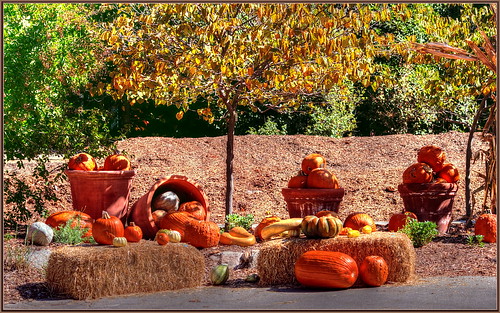
![]() tdlucas5000 via Compfight
tdlucas5000 via Compfight
Fall Festival is coming! In the classroom this Thursday, students will have some fun making fall crafts, designing pumpkins to be used in descriptive writing lessons, and learning about Dia de los Muertos (Day of the Dead), celebrated by many South American and Mexican American families. Kid-friendly info can be found at National Geographic: Day of the Dead. Thanks to the parents who volunteered to lead groups on that day!
 Our reading focus this week is on summarizing a story, this time using the Beginning-Middle-End strategy. Students will be taught to pause and think after each of these parts, and to restate the important characters and events. The key here is to focus on what actions led to the problem and to solving the problem of the story. It makes a great check in after your child has finished reading homework! More info, including printables, can be found at Reading Rockets.
Our reading focus this week is on summarizing a story, this time using the Beginning-Middle-End strategy. Students will be taught to pause and think after each of these parts, and to restate the important characters and events. The key here is to focus on what actions led to the problem and to solving the problem of the story. It makes a great check in after your child has finished reading homework! More info, including printables, can be found at Reading Rockets.
 Our work with subtraction has involved checking our answers by reversing the process using addition. The reason for this is that the brain learns and holds onto the process of addition better than subtraction, so it’s a useful tool for checking. Practicing this process helps to strengthen those neurons in the brain and leads to a solid understanding. The Greg Tang Math game Missing Numbers is a great way to practice! Select “Subtraction”; then any of the strategies (difference, subtrahend, etc.); then “Easy” or “Hard”. Your child can have fun while internalizing these skills! Click on the picture below to get started:
Our work with subtraction has involved checking our answers by reversing the process using addition. The reason for this is that the brain learns and holds onto the process of addition better than subtraction, so it’s a useful tool for checking. Practicing this process helps to strengthen those neurons in the brain and leads to a solid understanding. The Greg Tang Math game Missing Numbers is a great way to practice! Select “Subtraction”; then any of the strategies (difference, subtrahend, etc.); then “Easy” or “Hard”. Your child can have fun while internalizing these skills! Click on the picture below to get started:
And speaking of GregTangMath, I’m sending home today a math challenge from his website. It’s a completely optional set of activities that use his online games. If you complete it and send it back by 11/4/19, I’ll send your name to the company for a chance to win and autographed math picture book of Greg’s. More info can be found by clicking the picture below!


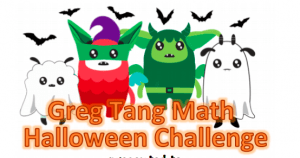
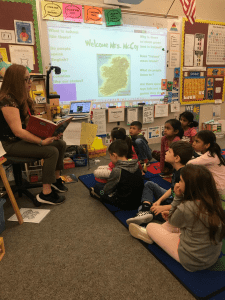
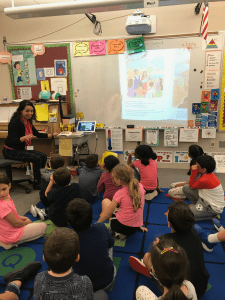
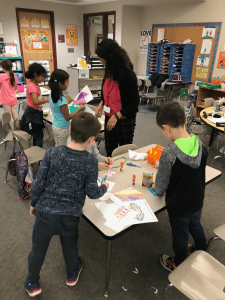
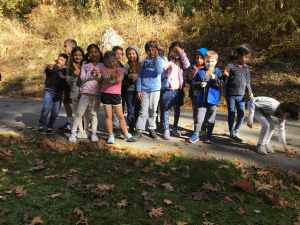
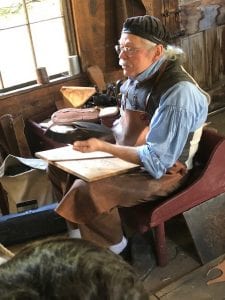
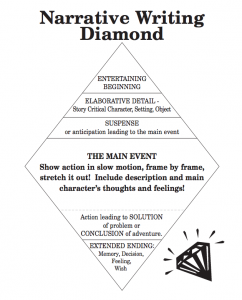
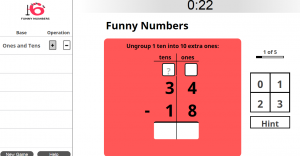

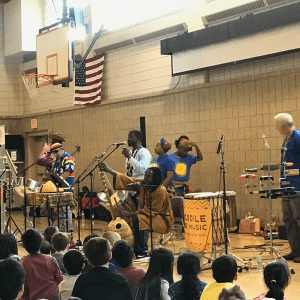



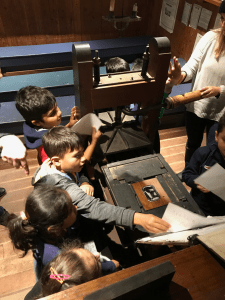
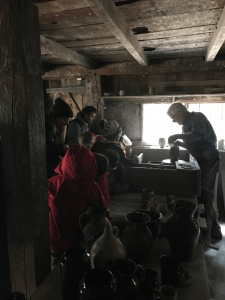
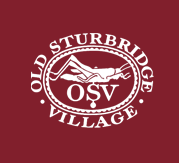
 Fall Festival: If you couldn’t join us on the field trip, consider coming for Fall Festival. In lieu of Halloween parties, our school engages kids with activities and crafts around fall and halloween. We need 2 more parent volunteers to help run crafts on Thursday, October 31, 9:30-11:00. Please let me know if you can help out!
Fall Festival: If you couldn’t join us on the field trip, consider coming for Fall Festival. In lieu of Halloween parties, our school engages kids with activities and crafts around fall and halloween. We need 2 more parent volunteers to help run crafts on Thursday, October 31, 9:30-11:00. Please let me know if you can help out!
